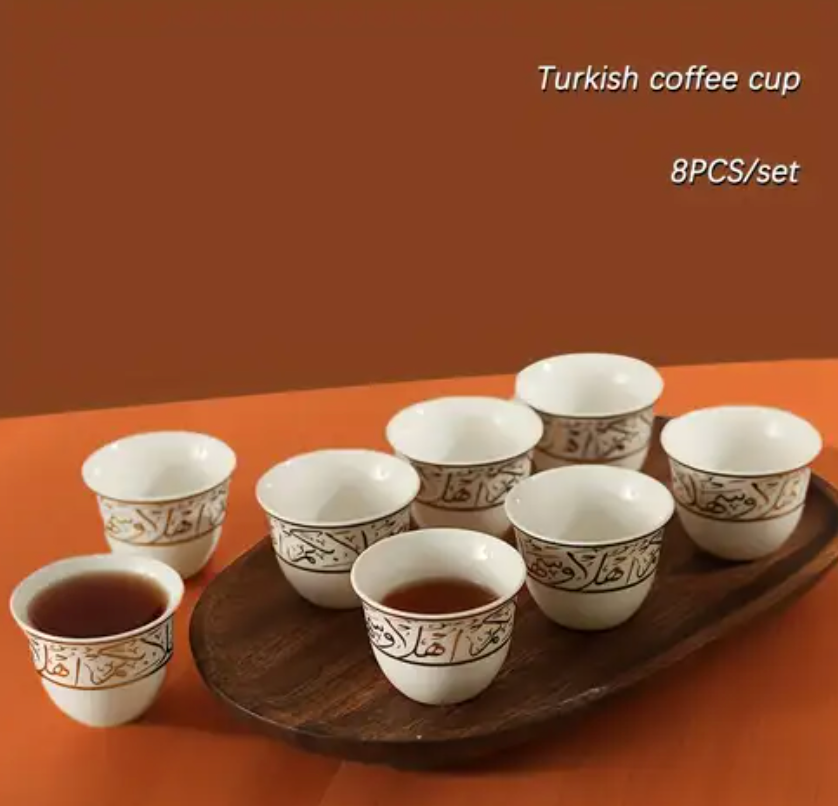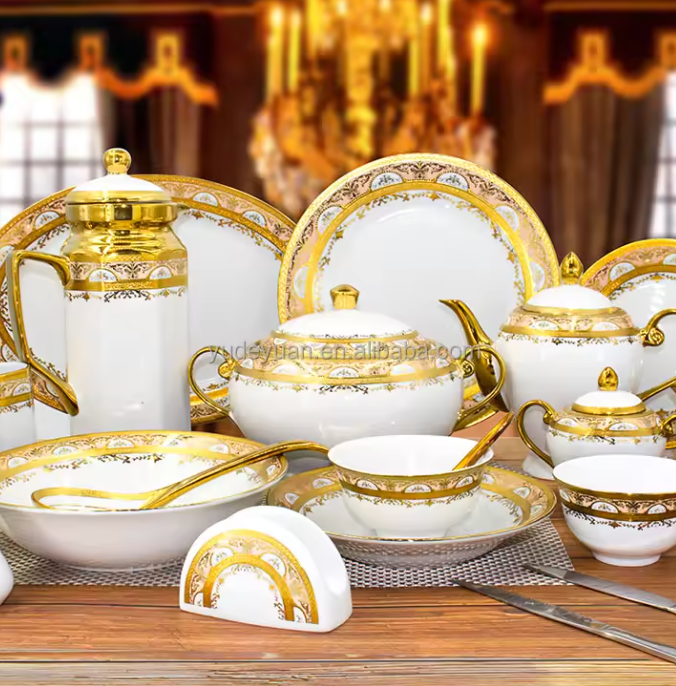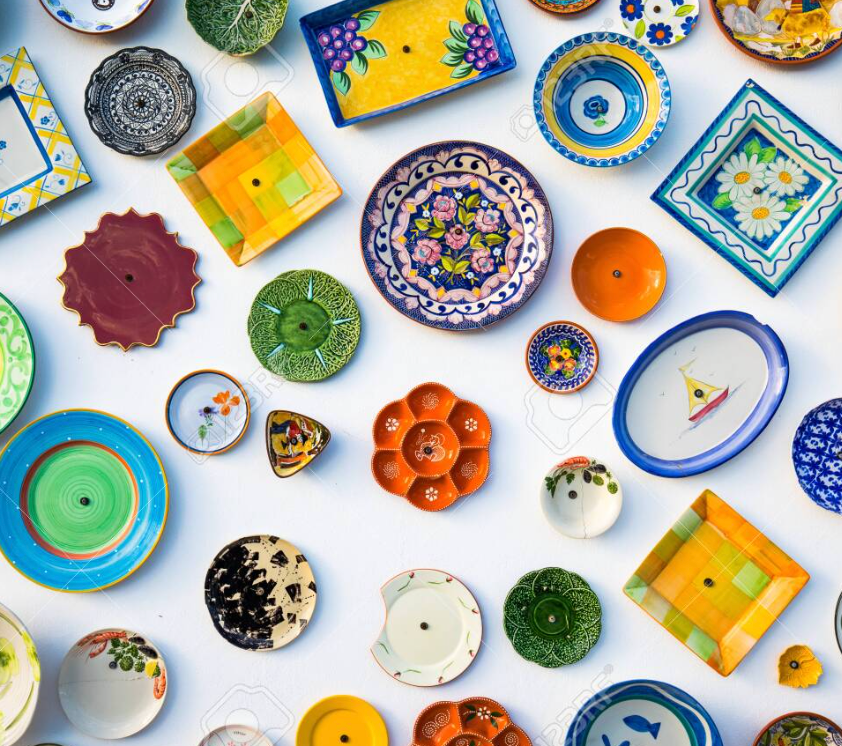Ceramic tableware is gaining significant traction in the Middle East, driven by cultural traditions, evolving consumer preferences, and the region’s thriving hospitality sector. As demand for high-quality ceramic plates, bowls, mugs, and dinnerware sets rises, businesses—including home and kitchenware buyers, gift merchants, and cross-border e-commerce sellers—are presented with valuable opportunities to tap into this growing market.
This article explores the reasons behind the increasing demand for ceramic tableware in the Middle East, the key market trends, and how businesses can strategically position themselves to meet consumer expectations.
Why is Ceramic Tableware Gaining Popularity in the Middle East?
Several factors contribute to the growing demand for ceramic tableware in the region:
1. Cultural and Religious Influence
Middle Eastern dining traditions emphasize communal meals, where families and guests gather to share food. This has created a consistent demand for aesthetically pleasing and durable tableware. Moreover, the Islamic tradition of hosting large iftar gatherings during Ramadan fuels the need for elegant ceramic dinnerware.
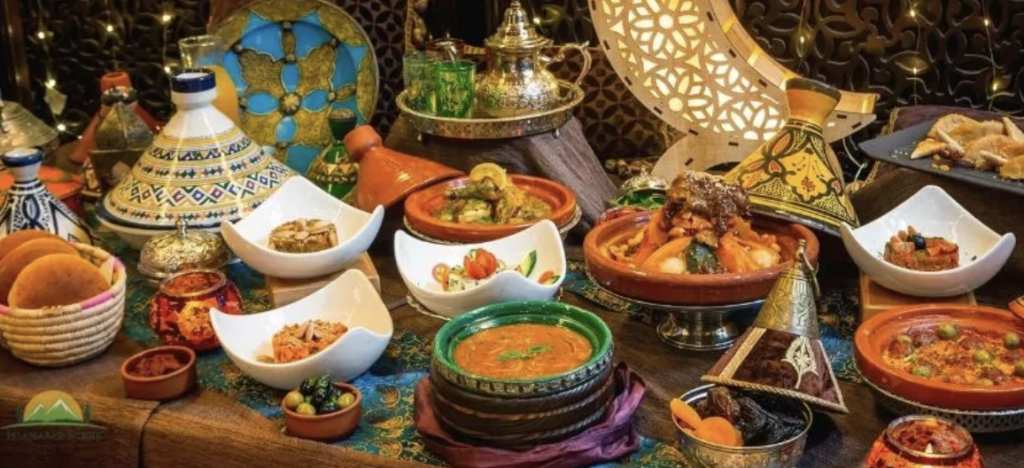
2. Expanding Hospitality and Tourism Industry
Countries like the UAE, Saudi Arabia, and Qatar are investing heavily in luxury hotels, restaurants, and resorts. High-end ceramic dinnerware, known for its durability and refined appearance, is a preferred choice for the hospitality industry, as it aligns with the region’s preference for premium-quality dining experiences.
3. Shift Towards Healthier and Sustainable Choices
Consumers are increasingly choosing ceramic tableware over plastic or melamine due to concerns about food safety and sustainability. Ceramic materials, especially porcelain and stoneware, are non-toxic, heat-resistant, and do not leach chemicals into food, making them a preferred option for health-conscious households.
4. Growing E-Commerce and Cross-Border Trade
With the rise of online shopping platforms like Noon, Amazon UAE, and local specialty kitchenware e-commerce stores, ceramic tableware is more accessible than ever. Cross-border e-commerce sellers are leveraging this trend to offer a wide variety of designs catering to regional preferences.
Key Trends in Middle Eastern Ceramic Tableware Market
The ceramic tableware industry in the Middle East is evolving with notable trends shaping consumer choices:
| Trend | Description |
|---|---|
| Gold-Rimmed and Luxury Designs | A preference for intricate gold patterns and hand-painted details, especially in Saudi Arabia and the UAE. |
| Minimalist and Contemporary Styles | Rising demand for sleek, modern ceramic dinnerware sets, particularly in urban areas like Dubai and Riyadh. |
| Customization & Personalization | Hotels and restaurants are opting for custom-designed ceramic plates and mugs to enhance branding. |
| Traditional Arabic-Inspired Patterns | Designs incorporating Arabic calligraphy and regional motifs remain popular for home and gift markets. |
| Eco-Friendly and Sustainable Materials | Consumers are favoring lead-free, eco-conscious ceramic tableware as sustainability awareness grows. |
These trends highlight how businesses can tailor their ceramic tableware offerings to align with regional consumer preferences.
Top Middle Eastern Ceramic Tableware Brands
When entering the Middle Eastern market, it’s important to understand the major players influencing purchasing decisions. Here are five well-known ceramic tableware brands in the region:
- Silsal (UAE) – Known for its elegant fusion of traditional and contemporary designs, Silsal offers high-end ceramic plates and cups featuring Arabic calligraphy and regional artistic motifs.
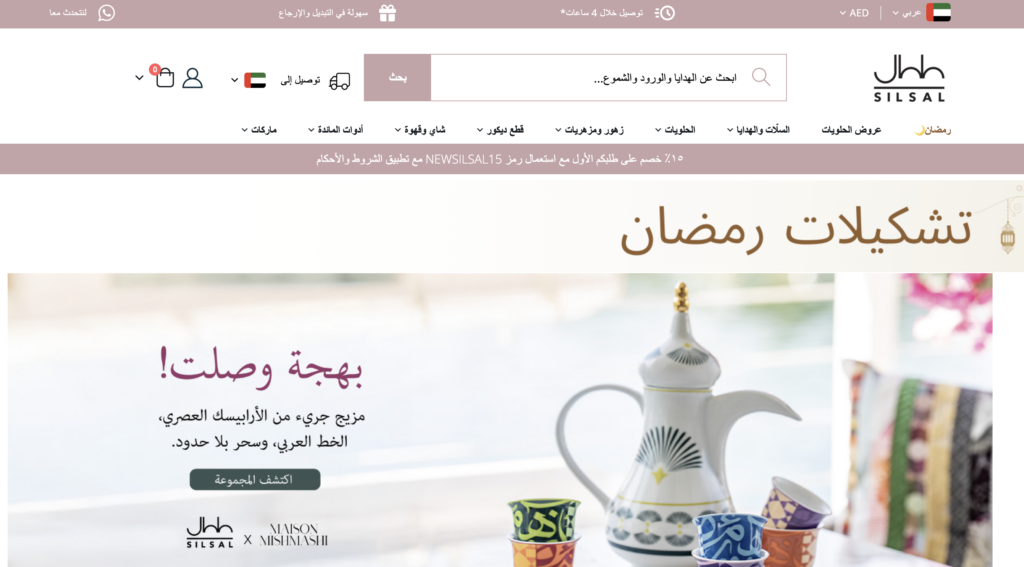
- Caspian Tableware (Saudi Arabia) – Specializing in premium porcelain and stoneware collections, Caspian Tableware supplies high-end hotels and restaurants with custom-designed sets.
- The Pottery House (Kuwait) – A boutique brand that focuses on handcrafted, artisanal ceramic dinnerware with locally inspired designs.
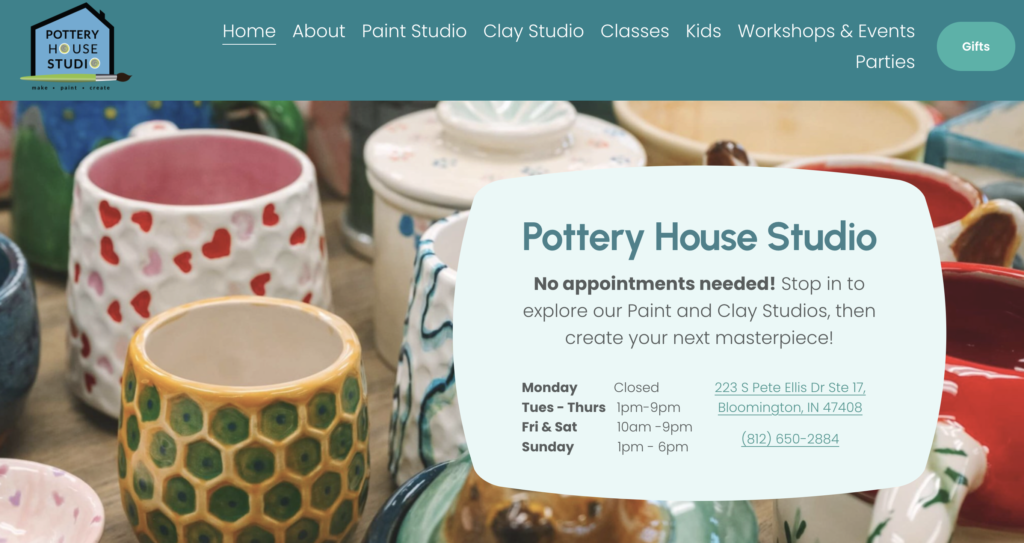
- QHome (Qatar) – A leading homeware retailer offering a variety of high-quality ceramic dinnerware, including modern and classic styles.
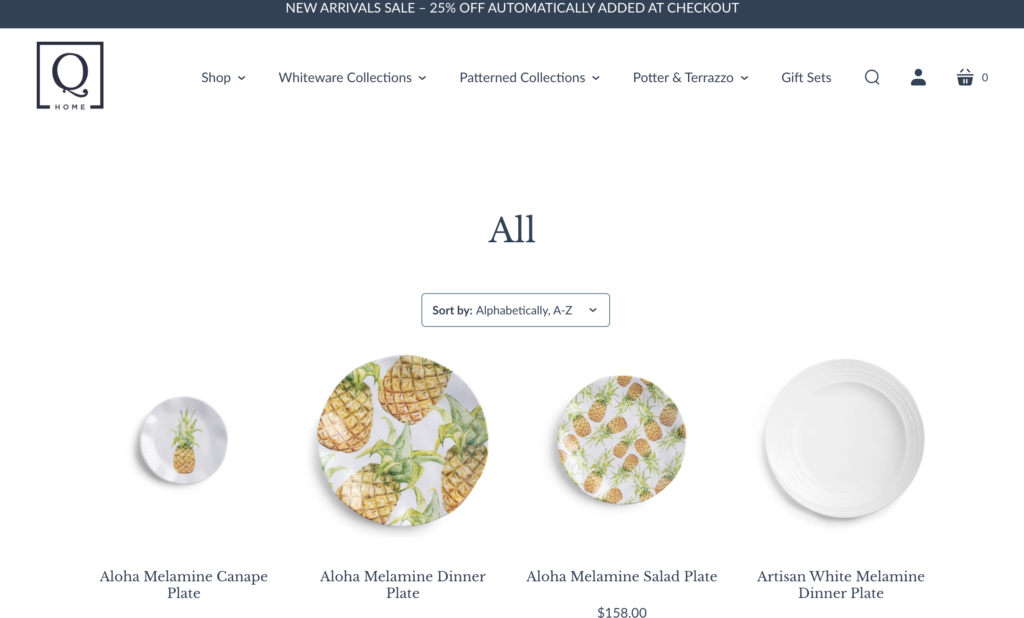
- Jashanmal Home (UAE & GCC) – A major distributor of global and local ceramic tableware brands, catering to both everyday consumers and luxury buyers.
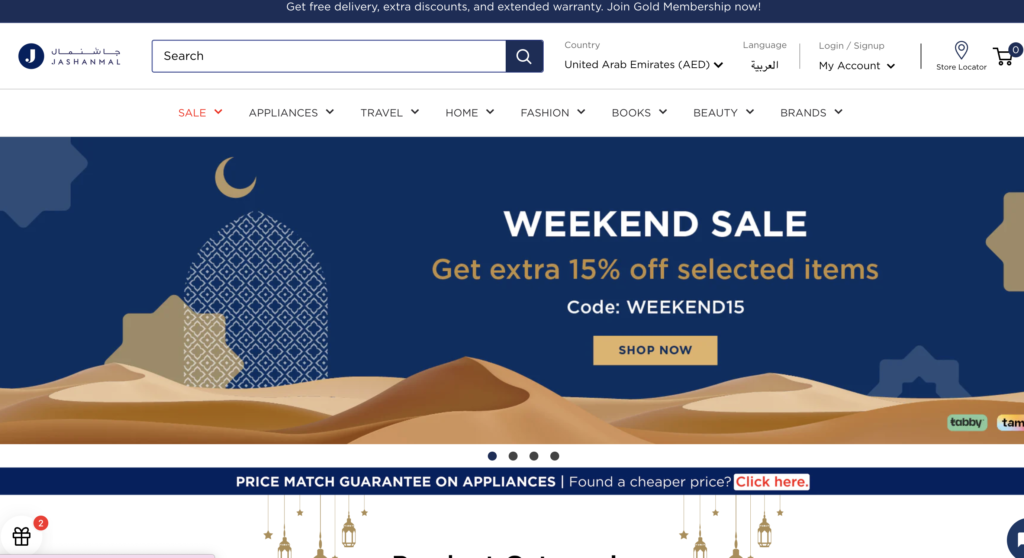
Understanding these brands and their unique selling points can help businesses position their ceramic tableware offerings effectively in the Middle Eastern market.
How Businesses Can Capitalize on the Growing Demand
1. Offer Customizable Designs
Middle Eastern consumers appreciate personalization, whether in monogrammed plates or unique dinnerware sets for hotels and restaurants. Providing OEM and ODM customization services can significantly enhance brand appeal.
2. Focus on Premium and Luxury Segments
The Middle East has a strong preference for high-end products. Ceramic tableware featuring gold detailing, unique textures, and artistic craftsmanship is in high demand.
3. Leverage E-Commerce and Online Marketplaces
Given the rapid growth of online shopping in the region, sellers should optimize their product listings on platforms like Amazon UAE, Noon, and regional specialty homeware stores to increase visibility.
4. Highlight Sustainability and Quality
Marketing ceramic tableware as a sustainable and food-safe alternative to plastic options can attract environmentally conscious buyers. Certifications such as lead-free and eco-friendly packaging can be a strong selling point.
5. Target the Hospitality and Giftware Market
Businesses should explore partnerships with hotels, restaurants, and gift retailers, as these sectors require bulk orders and premium ceramic dinnerware.
Conclusion
The demand for ceramic tableware in the Middle East is being driven by cultural traditions, an expanding hospitality industry, and the shift towards sustainable, high-quality dining products. From luxury gold-rimmed plates to minimalist modern designs, the market presents lucrative opportunities for businesses looking to enter or expand their presence in the region.
For global home and kitchenware buyers, gift merchants, and cross-border e-commerce sellers, sourcing from a reliable manufacturer is key. China-based ceramic tableware factories like EKA provide OEM and ODM solutions tailored to Middle Eastern market preferences, ensuring high-quality craftsmanship and design customization.
By aligning with market trends, understanding consumer preferences, and leveraging online and offline distribution channels, businesses can successfully tap into the growing Middle Eastern ceramic tableware industry.
FAQs
1. What type of ceramic tableware is most popular in the Middle East?
Luxury ceramic dinnerware with gold accents, Arabic calligraphy, and minimalist modern styles are particularly popular in the region.
2. Is there a strong market for eco-friendly ceramic tableware in the Middle East?
Yes, with growing sustainability awareness, many consumers prefer lead-free and eco-conscious ceramic options.
3. What are the key distribution channels for ceramic tableware in the Middle East?
Major distribution channels include homeware retail chains, hospitality suppliers, e-commerce platforms like Noon and Amazon UAE, and specialty kitchenware stores.
4. How can I enter the Middle Eastern ceramic tableware market as a seller?
Focusing on customization, premium designs, and partnering with hotels, gift shops, and e-commerce platforms are effective ways to enter the market.
5. Why is ceramic tableware preferred over other materials?
Ceramic is durable, non-toxic, heat-resistant, and aesthetically appealing, making it a safer and more stylish alternative to plastic or melamine.
By staying informed about market trends and consumer preferences, businesses can make strategic decisions to succeed in the growing Middle Eastern ceramic tableware market.

